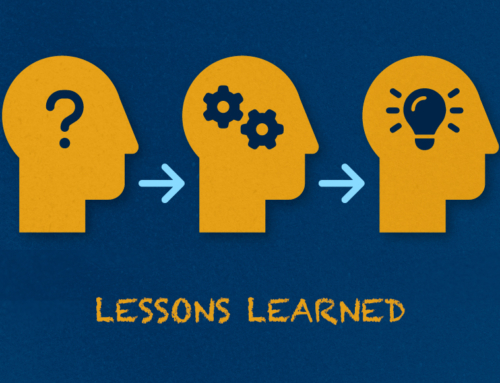Everything, Everywhere, All at Once
(Not a Movie Review)
by Abe Sherman – CEO, BIG – Buyers Intelligence Group
April 18, 2023
One of my favorite things to do is to speak with a jeweler whom I’ve never talked to before. I love the conversations about how they approach buying and inventory management. I especially enjoy hearing about their daily challenges and thoughts about how they have positioned themselves in the marketplace while addressing their first questions. Perhaps my favorite among all of the questions is when they ask me, “Do you know the top-sellers in my region for Brand X?” My answer is always yes.
“Can you send that list to me?” My answer is always no.
THIS gets into some really great conversations about why we don’t provide lists of top sellers. A top-seller list for a brand, whether nationwide or regionally, creates more questions for me than it answers. Here is what I think about when I hear this question:
- How many retail companies carry this top-selling item?
- How many doors?
- Is it being promoted by the brand or regional chains?
- At what price-points does the item sell best?
- At what price does it stop selling?
- What other brands does this store carry that competes with this line?
- Does your sales team love this brand?
- Does your sales team hate this brand?
- Do you have sales associates that will show the same item to everyone who walks in your door?
- What does that do to the thousands of other items you have in the showcases?
- How many styles does the store already carry that are similar to another brand?
- Who are the competitors in your marketplace and what brands do they carry?
- What is the makeup of the customers in this marketplace
- Lifestyle
- Life-stage
- Demographics
- Household income
- Etc.
These answers to these questions provide a very important component to the best-seller lists, which is context. A list of best-sellers does not address any context that impacts, positively or negatively, how any individual style will perform in an individual store against the backdrop of each of the variables covered above. Blindly buying those styles without this context is a mistake in my opinion.
When you have as much data as we do, over $5 Billion in total retail sales, we pretty much know everything about everywhere, all at once. From every corner of the United States, small retail stores to the largest independents in the country as well as a number of regional chains, the amount of data we have is vast. But the question I have is, how is this information relevant – to you? I have seen “best selling styles” become aged in a store. How is that even possible? Review the list of questions above. The answer is that with all of the inventory you carry, will those styles sell more than any of the others in your store? What if they don’t? Does that invalidate the premise of them being ‘best-selling-styles’? No, but it does highlight, in my opinion, the more important process of determining the list of best-selling styles in YOUR store. Ah, that’s a very different conversation.
Each store’s best-sellers need to be managed of course. Not only fast-sellers mind you, but also BEST sellers. You can sell the same item 4 times in a year but may find that it sells only during a few holidays, Valentines Day, Mother’s Day, and December. Or you might ONLY sell it in December but not the rest of the year. The problem we run into here is one of timing. If you bring it in earlier in the year and it sits for 5 months, but then sells on December 10, many jewelers will not reorder the item since it wasn’t a ‘fast-seller’. The analysis requires a little more digging than simply running a ‘fast-seller’ report. But if that’s the only thing you have time for, you may need help in the office. Someone needs to do a deeper dive on your opportunities to grow sales.
Asking us for a brand’s list of ‘best-sellers’ implies that your merchandising job will be easier if you just bought those styles. However, this not only over-simplifies the importance of price-point analysis and assortment planning, understanding marketplace dynamics and consumer behavior but it becomes a self-fulfilling loop. Do you really want to carry the same styles as everyone else? Knowing everything, everywhere, all at once, as we do, doesn’t give us a pass to sidestep the merchandising process. Even though we have this information at our fingertips, we remain unwavering in how we approach budgeting, assortment planning and inventory management.
Abe






